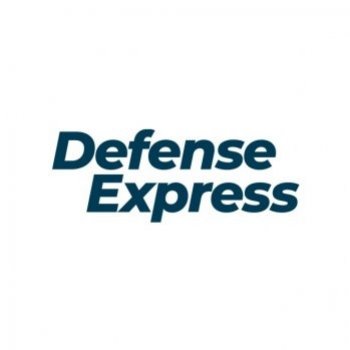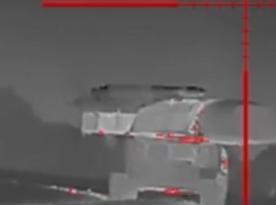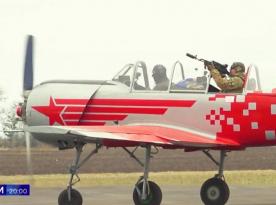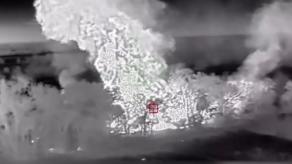According to unconfirmed information, Iran is in the final stages before delivering a significant number of surface-to-surface missiles to russia.
According to Reuters, citing European intelligence sources, the agreement was signed on December 13, 2023, in Tehran, and the training of russian military personnel is already underway. The agreement includes two types of missiles: Fath-360 and Ababil, and it has been clarified that russia will receive them soon.
Read more: Fresh Iranian Ammo Fuels russian Offensives, 130 mm Shells for the M-46 Guns Are in Action
Defense Express notes that the topic of Iran supplying missiles to russia has existed since October 2022, and since then, only two missiles—the Fateh-110 and Zolfaghar—have typically been mentioned as of interest to the Kremlin. This topic has appeared in the media with some regularity.
For example, in February of this year, Reuters, citing similar anonymous sources, reported that Iran had already delivered approximately 400 ballistic missiles, allegedly Fateh-110, to russia. However, as of August, no confirmation of this has been found, and russia has not used Iranian missiles.
Ababil
The Ababil missiles have appeared in threat lists before. The Iranians brought these missiles to moscow for the Army-2023 exhibition. They were also mentioned as a potential candidate for transfer by National Security Council Coordinator John Kirby during a briefing on November 21, 2023.
The Ababil is a relatively small missile, measuring 3.7 meters in length, weighing 240 kg, and with a range of up to 86 km.

The Ababil exists in two versions, one with satellite navigation and one with inertial navigation, and with an additional electro-optical guidance system for the terminal phase. It is also known that the missile is launched from transport-launch containers, which are grouped in sets of eight on a single platform.
Until now, nothing was known about the existence of this missile in the public domain. However, it should be noted that the name Ababil has also been actively used to refer to UAVs, including both reconnaissance-strike drones and long-range kamikaze drones. This is because the name Ababil refers to mythical birds, known as the Ababil or black swift, which were said to have destroyed the Ethiopian army.
Fath-360
The Fath-360 missile, known during development as the BM-120, was publicly identified only in late 2021.
According to sources, this missile measures 5.1 meters in length, has a diameter of 368 mm, and weighs a total of 787 kg, with a 150 kg warhead. It can achieve speeds of up to Mach 4 and has a flight range of up to 120 km. Its guidance system combines inertial navigation with satellite guidance.
The Fath-360 is clearly based on the Fateh-110, but is a significantly smaller version. Visually, apart from its size—which can be hard to distinguish in photos—the two missiles differ in their tail fin configurations. Additionally, the Fath-360 launcher is camouflaged as a standard civilian truck, in line with Iranian tradition.
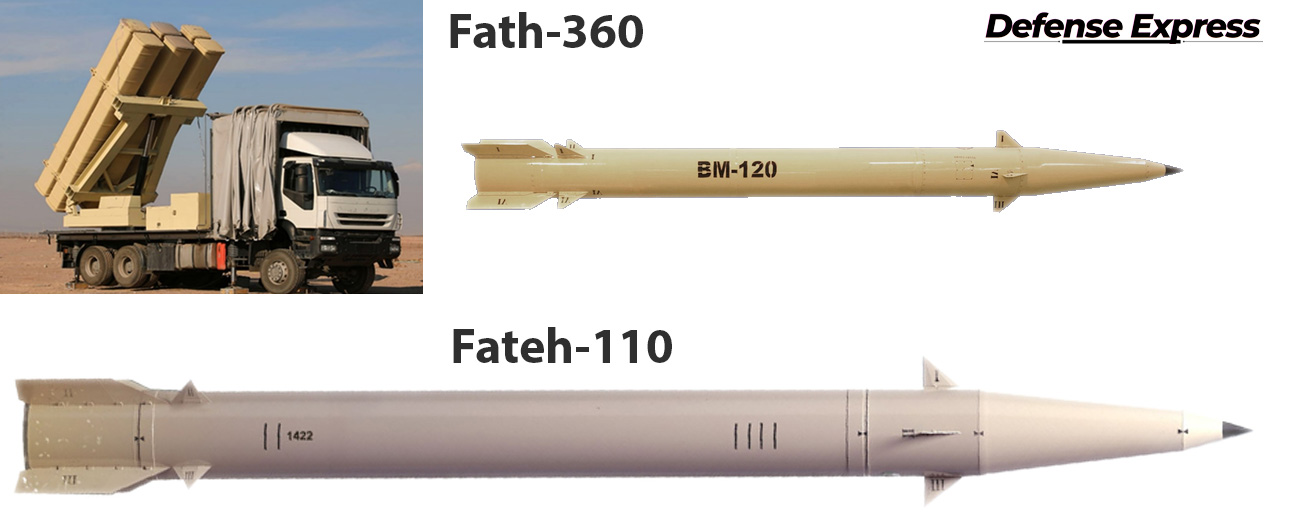
Differences
At the same time, the main difference between the Fath-360 and Ababil, compared to the Fateh-110 and Zolfaghar, is that the former are intended for direct use against targets on the front line and in the near rear, while the latter are designed for attacks on targets in the deep rear.
Read more: North Korean KN-23 Missile Launched by russia Against Ukraine, Explodes in Midair



